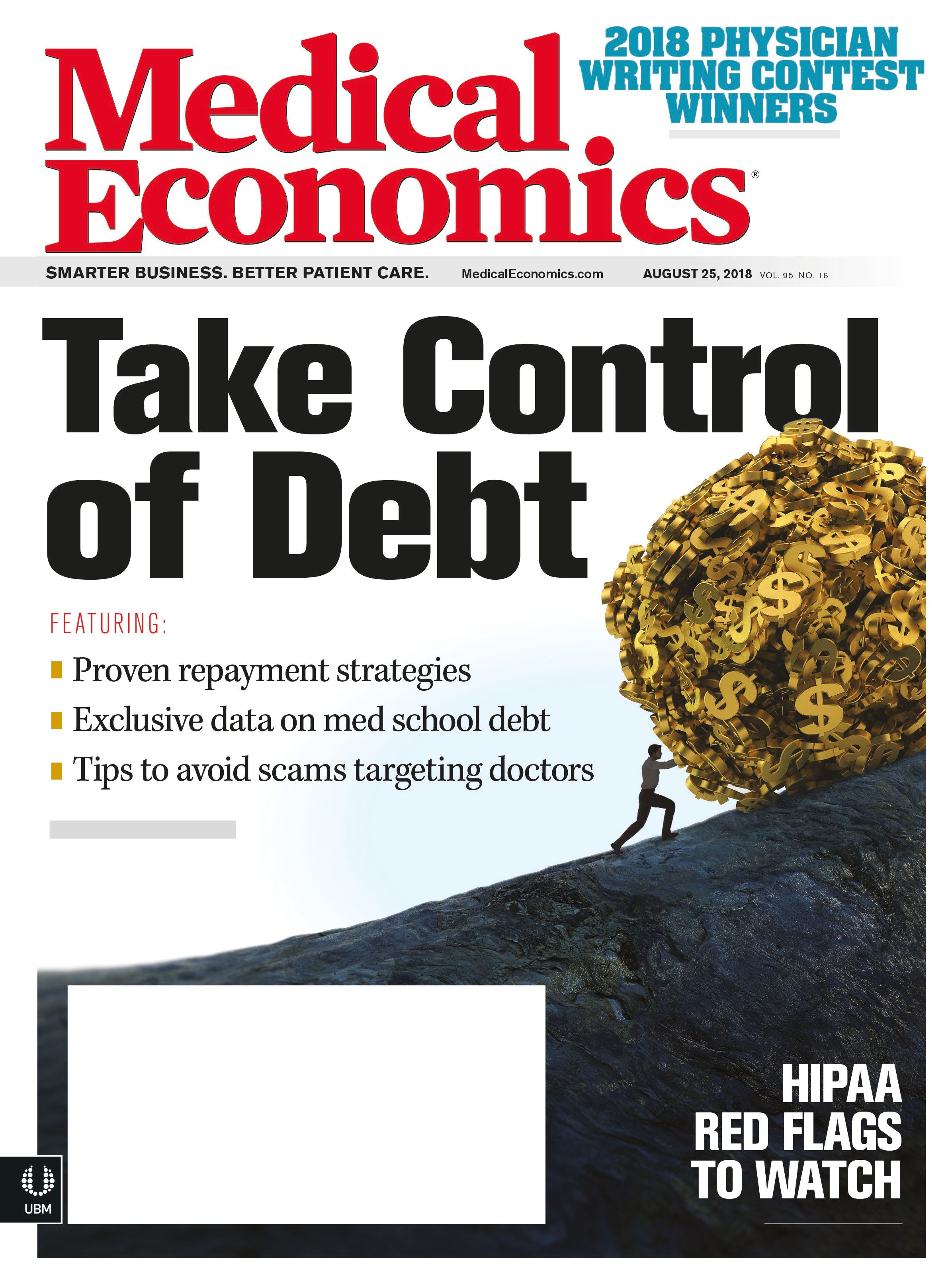Publication
Article
Medical Economics Journal
Treating migraines in primary care
Author(s):
Take this eight-question quiz to determine if your practice is utilizing the latest information on migraine drugs.
Drugs that treat migraine come from a variety of classes and reflect on- and off-label use. Take this eight-question quiz to determine if your practice is utilizing the latest information.
1. Current FDA approved medications for prevention of episodic migraine include all of the following EXCEPT:
a. Propanolol
b. Timolol
c. Metoprolol
d. Divalproex sodium
e. Topiramate
Answer: C. Metoprolol. Although commonly used for prevention of migraine, metoprolol does not have the FDA indication for episodic migraine prevention.
2. Which of the following is NOT one of the main pharmacologic categories used for migraine prevention?
a. Antiepileptics
b. Antihypertensives
c. Antidopaminergic
d. Antidepressants
Answer: C. Anti-dopaminergic medications. These include metoclopramide, promethazine, chlorpromazine, droperidol, and domperidone. Although commonly used to treat the nausea and vomiting of migraine, they are not typically dosed for prevention.
3. The only FDA approved treatment for the prevention of chronic migraine is onabotulinum toxin A (Botox).
a. True
b. False
Answer: A. True. Onabotulinum toxin A has been FDA approved for chronic migraine in the U.S. since 2010. It is approved for chronic migraine using 155 units in 31 fixed sites (each site receiving 5 units Botox) and is to be repeated every 12 weeks. Propanolol, timolol, divalproex sodium, and topiramate are only FDA-approved for the prevention of episodic migraine but are commonly used for prevention of chronic migraine, according to a 2013 article in Headache.
4. What percentage of patients discontinue their oral migraine preventive agent after 6 months of use?
a. 20%
b. 40%
c. 50%
d. 70%
e. 90%
Answer: D. In a 2015 article in Cephalalgia, data indicates 70% of migraine patients discontinue their first cycle of an oral preventive by 6 months.
5. The two most common reasons for discontinuing an oral migraine preventive medication are (pick two from the following list)
a. Lack of efficacy
b. Cost
c. Resolution of headache pattern (improved)
d. Pregnancy (or trying to get pregnant)
e. Side effects
Answer: A. Lack of efficacy and E.Side effects are listed as the two most common reasons for discontinuation of migraine preventive medication in a large multi-center international study.
6. Neurostimulators commonly used for migraine prevention include all of the following except:
a. Non-invasive vagal nerve stimulator
b. Spring TMS (transcranial magnetic stimulation)
c. Cefaly device (supraorbital nerve stimulator)
d. Occipital nerve stimulator
Answer: D. Occipital nerve stimulator. Placement of an occipital nerve stimulator for refractory migraine has fallen out of favor in recent years due to complications including lead migraine. The other neurostimulators have the advantage of being non-invasive.
7. Short-term prevention of menstrual migraine may include:
a. NSAIDS such as naproxen sodium
b. Naratriptan or frovatriptan
c. Hormonal management such as add-back estradiol
d. Magnesium
e. All of the above
Answer: E. All of the above. All treatments listed have shown efficacy in published clinical trials.
8. An emerging new category for migraine prevention is target-specific for which neuropeptide?
a. Substance P
b. Bradykinin
c. Glutamate
d. Calcitonin gene related peptide (CGRP)
e. Pituitary adenylate cyclase activating peptide (PACAP)
Answer: D. CGRP. CGRP is a 37-amino acid peptide found in neurons and glial cells. There are receptors to CGRP throughout the trigeminal system and in multiple brain regions. The category of CGRP coming to market in 2018 is referred to as CGRP monoclonal antibodies and there are several pharmaceutical companies in a very tight race to win first FDA approval. They work by blocking either the receptor site or the CGRP ligand, effectively reducing the amount of free CGRP. In clinical trials noted in several publications, this category of medication for migraine prevention appears to be quite promising with a favorable side-effect profile and efficacy seen as early as 1 to 2 weeks after the first injection.
Susan Hutchinson, MD, is the director and founder of the Orange County Migraine & Headache Center in Irvine, Calif., and a director of the Hoag Headache and Facial Pain Program in Newport Beach, Calif. Quiz and data originally ran on the website of our partner publication, Patient Care.





